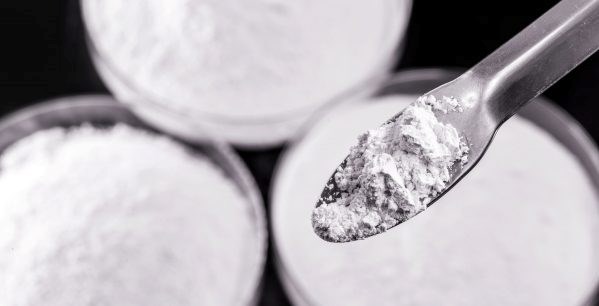POM, PPS, PBT and LCP Powders for Wide Range of Processing Methods
Polyplastics’ new Durast series of engineering plastic fine powders are suitable for low-volume sinter forming, compression molding, and 3D printing.
A series of engineering plastic fine powders which are compatible with a broad range of manufacturing methods is newly available from . Polyplastics Group. The company has expanded its lineup with Durast Powders which go beyond traditional injection molding and extrusion and are targeted for low-volume production of complex parts utilizing sinter forming, compression molding, and 3D printing.

Durast Powders made of POM, PPS, PBT, and LCP reportedly have a unique spherical shape and are controlled for fine, narrow particle size distribution (10 μm-200 μm). Engineering plastics in powder form permit the use of manufacturing methods that were previously impossible with pellet shapes, making it possible to impart the strengths of engineering plastics and additional performance attributes.
Polyplastics developed these fine powders after extensive research and testing of powder manufacturing methods. The company was successful in powdering a POM with a low glass transition temperature. Moreover, modified Durast POM reportedly exhibits slow crystallization and is useful for 3D printing. It also has low warpage in SLS models and superior powder flowability so it can achieve model density over 95%.
Durast PPS can be used to mold porous structures through sinter formation. It is a linear PPS with strong toughness and heat resistance, along with strong chemical and radiation resistance. Since it has few ionic impurities, it is also said to withstand rigorous electrical requirements.
Durast LCP offers superior vibrational absorption with high heat resistance and high elasticity in dielectric constant modifiers. It also exhibits low water absorption and electrical properties that are stable at high frequencies. It is available in both formless and spherical powders.
Related Content
-
NPE2024 Materials: Spotlight on Sustainability with Performance
Across the show, sustainability ruled in new materials technology, from polyolefins and engineering resins to biobased materials.
-
What's the Allowable Moisture Content in Nylons? It Depends: Part 2
Operating within guidelines from material suppliers can produce levels of polymer degradation. Get around it with better control over either the temperature of the melt or the barrel residence time.
-
The Fantasy and Reality of Raw Material Shelf Life: Part 1
Is a two-year-old hygroscopic resin kept in its original packaging still useful? Let’s try to answer that question and clear up some misconceptions.







